Photo credits: Bettmann Archive/Getty Images
On February 26, 1965, activist and deacon Jimmie Lee Jackson died after being shot several days earlier by Alabama state trooper James Bonnard Fowler.
Jackson’s murder happened during a peaceful march in Marion, Alabama. To defuse and refocus the community’s outrage, James Bevel, who was directing the Southern Poverty Law Center’s (SPLC) Selma, Alabama voting rights movement, called for a march of dramatic length. His request led to a march that went from Selma to Alabama’s capital of Montgomery. Bevel started working on his Alabama Project for voting rights in late 1963.
The movement’s first march took place on March 7, 1965. It was organized locally by Bevel, activist Amelia Boynton, and others. State troopers and a county posse attacked the unarmed marchers with billy clubs and tear gas after they passed over the county line. This event became known as Bloody Sunday. Law enforcement officers beat Boynton unconscious.
The U.S. media globally publicized a picture of her badly beaten body as she was lying wounded on the Edmund Pettus Bridge.
An estimated 525 to 600 civil rights marchers headed southeast out of Selma on U.S. Highway 80. The march was led by John Lewis of the Student Nonviolent Coordinating Committee (SNCC), the Reverend Hosea Williams of SCLC, Bob Mants of the SNCC, and Albert Turner of the Southern Christian Leadership Conference (SCLC).
The protest went according to plan until the marchers crossed the Edmund Pettus Bridge. This is where they encountered a wall of Alabama State Troopers and county posse who were waiting for them on the other side.
Sheriff Jim Clark had issued an order for all white men in his municipality of Dallas County, Alabama over the age of 21 to report to the local county courthouse that morning to be deputized. Commanding officer John Cloud told the demonstrators to disband at once and go home. Rev. Hosea Williams tried to speak to Officer Cloud. However, Cloud curtly told him there was nothing for them to discuss.
Seconds later, the troopers began ferociously shoving the demonstrators. The troopers then knocked many marchers to the ground. Troopers began beating them brutally with nightsticks. Another detachment of troopers fired tear gas at the protestors. Mounted troopers forcefully charged the crowd on horseback.
Televised images of the angry white mob’s gruesome attack presented Americans and international audiences with horrifying images. Marchers were left bloodied and severely injured. This roused support for the Selma Voting Rights Campaign. John Lewis (the late champion of humanity who became a U.S. Congressman) suffered a skull fracture and bore scars on his head from the incident for the rest of his life.
In all, 17 marchers were hospitalized and 50 treated for lesser injuries. The terror of “Bloody Sunday” left an indelible stain on the already shameful history of America’s unrelenting racism.





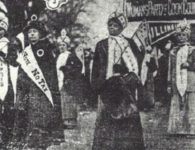
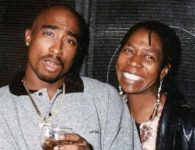
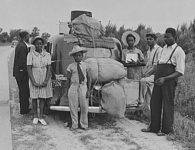

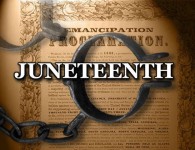

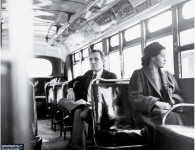
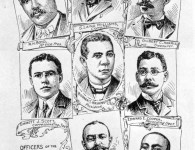

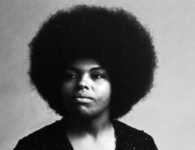

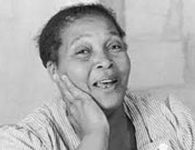
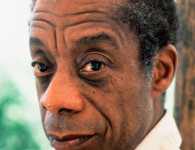

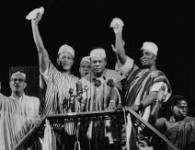

No comments